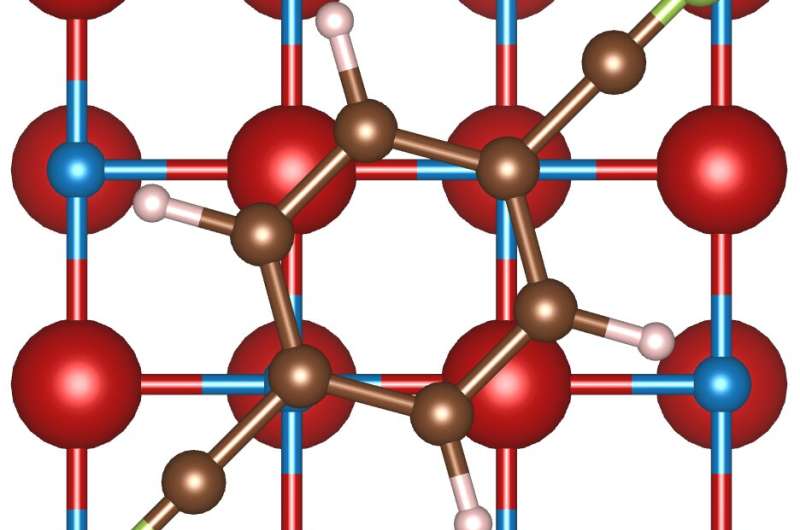In the field of electrochemistry, the dendrite-suppressing domain had not yet been explored, although the dendrite-blocking regime was already well-known and studied. Credit: College of Engineering, Carnegie Mellon University
Lithium metal is one of the most promising candidates for next generation battery anodes due to its exceptionally high specific capacity. However, its widespread use is hindered by a challenging obstacle: upon multiple charge-discharge cycles, fractal filaments called dendrites can grow through the electrolyte from the negative to the positive electrode and short-circuit the battery from the inside, thus posing a major safety concern.
In a paper published in Nature Materials, Venkat Viswanathan, an associate professor at Carnegie Mellon's Department of Mechanical Engineering, and his co-authors addressed this issue by investigating how a solid-ion conductor (SIC) – a component that can be used as a separator between the anode and the electrolyte—can prevent dendrites.
They first devised a theoretical model to establish the design rules that SICs have to obey to achieve electrodeposition cycling stability. From this model, they learned that this stability is dependent on mostly two properties of the SIC: its shear modulus, a measure of stiffness, and the volume occupied by a lithium ion as it moves through the SIC.
Materials with low shear modulus and small lithium volume suppress dendrites, while materials with high modulus and large lithium volume block them. This gives rise to two regions of stability: one dendrite-suppressing, and one dendrite-blocking. While the dendrite-blocking regime was already well-known and studied in the field of electrochemistry, the dendrite-suppressing domain had not yet been explored.
Seeing the vast ocean of opportunities for scientific advances within this previously unrecognized stability region, through collaboration with Brett Helms' group at Lawrence Berkeley National Laboratory (LBNL), the team engineered a polymer-based composite SIC designed specifically to probe this dendrite-suppressing regime and validate their hypothesis.
Using an array of both computational and experimental techniques, they demonstrated that this new material, by accessing a previously unknown stability domain, can indeed circumvent the dendrite hurdle that haunts the use of lithium metal as a high-capacity anode.
Their work can serve as a stepping-stone for further progress towards next-generation batteries, necessary to power exciting new technologies such as flying cars.
The paper, titled "Universal chemomechanical design rules for solid-ion conductors to prevent dendrite formation in lithium metal batteries," was published in Nature Materials in April 2020.
More information: Fu, C., Venturi, V., Kim, J. et al. Universal chemomechanical design rules for solid-ion conductors to prevent dendrite formation in lithium metal batteries. Nat. Mater. (2020). DOI: 10.1038/s41563-020-0655-2
Journal information: Nature Materials
























